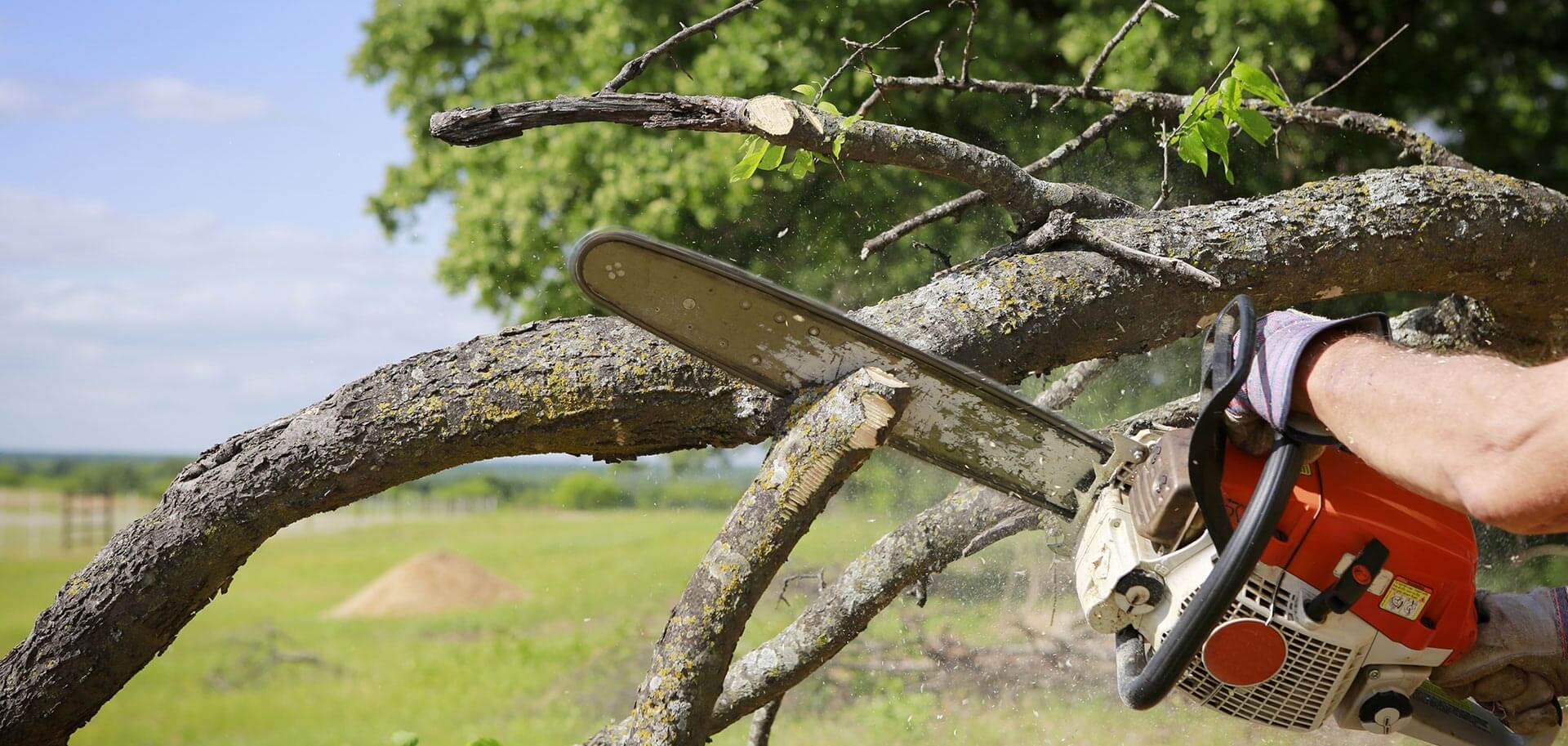The Giants of Nature: How to Thoughtfully Fell Wood
Within this world, trees exist as some of the most impressive grand examples of nature's artistry, offering essential benefits to our ecosystem and enhancing our lives in numerous ways. Ranging from offering shade on a hot summer day to shelter for wildlife, trees play a crucial role in maintaining ecological balance. Nevertheless, there are times when tree felling becomes inevitable, either due to illness, safety concerns, or the requirement for space in urban environments. It’s important that we approach this task with respect and care, ensuring that we reduce harm to the local ecosystem and the communities that rely on these giants.
Comprehending how to fell a tree responsibly is more than about the act of cutting; it requires planning, evaluating the area, and factoring in the tree's role in its ecosystem. Through following spez-ag.ch , we can ensure that our actions do not disrupt nature without cause. This article aims to provide assistance on how to thoughtfully fell trees, considering the the practical side of tree removal and the significance of maintaining ecological integrity. With the right approach, we can honor the trees we must remove and contribute positively to our surroundings.
Comprehending Tree Felling
Tree felling refers to the method of harvesting trees for multiple reasons, including lumber supply, site preparation, or to preserve the well-being of neighboring vegetation. It is an integral part of resource management and site development, providing essential resources such as wood and space for regeneration. However, it is crucial to conduct tree felling with a deep understanding of the environmental effects and responsibilities associated with this practice.
Before a single tree is felled, it is essential to assess its state, type, and surroundings. Certain trees may be preserved due to their uncommonness or ecological importance, while others may pose risks if they are deceased or diseased. An informed decision should consider the larger ecological system, reflecting on how the cutting of one tree can affect ecosystem dynamics, land health, and overall ecosystem variety. Conducting a thoroughgoing assessment helps ensure that felling is consistent with sustainable approaches.
The actual felling procedure in itself requires expertise and safety measures. Proper techniques must be applied to reduce danger to both the worker conducting the felling and the surrounding area. This involves designing the trajectory of the drop, using correct tools, and taking steps to control potential dangers. Following these procedures not only focuses on safety but also shows regard for the tree and its function in the ecological community.
Instruments and Strategies

When it pertaining to tree felling, having the right tools is essential for guaranteeing both protection and efficiency. A power saw is the key tool used for cutting down trees, and selecting the proper size and type is key based on the tree’s size and kind. Other essential tools include a hand saw for minor limbs, an hatchet for precision cuts, and a pruning saw for removing underbrush. Additionally, protective equipment such as hard hats, gloves, goggles, and ear protection should not be ignored to ensure the protection of the person executing the cutting.
Before starting the removal process, it is necessary to assess the area around the tree. Identify the direction in which the tree should fall, factoring in factors like the slope of the ground, wind direction, and nearby structures. Establishing out a safety zone and setting up an escape route are critical for avoiding incidents. Techniques such as the wedge cut and the final cut are commonly employed to manage the direction of the fall. The wedge cut creates a wedge on the side of the tree directed at the targeted direction, while the final cut is made on the other side to allow the tree to drop smoothly.
After cutting down the tree, it's crucial to properly clear away and process the wood. Dividing the tree into convenient logs can make shipment easier, while branches should be pruned to reduce debris. Taking time to extract the stump through techniques such as grinding or treatment treatments can also be advantageous for land restoration. Respecting the environment includes reintroducing trees or shrubs in areas where they have been cut down, ensuring that nature continues to thrive.
Environmental Considerations
In the context of tree felling, it is important to analyze the ecological impact of removing any tree. Trees play a critical role in sustaining local wildlife habitats, enhancing biodiversity, and playing a part in the overall health of ecosystems. It is essential to ensure that the felling process does not interfere with local fauna or flora. A comprehensive evaluation of the tree's surroundings and the associated systems is essential to maintain the natural balance.
In addition to wildlife considerations, the removal of trees can also affect soil health and water quality. Trees promote nutrient cycling and mitigate soil erosion through their root systems. Before moving forward with tree felling, one should consider whether alternatives exist, such as pruning or top pruning, which might address the issues prompting the removal without removing the entire tree. If felling is inevitable, a blueprint should be in place to rehabilitate the area, either through planting new trees or improving the environment in other ways.
Finally, involving the community and local conservation groups can provide insightful insight into the best practices for tree felling. Collaborating with stakeholders promotes a sense of responsibility and collective stewardship for the area. Furthermore, post-felling discussions can focus on sustainable practices that enhance the ecosystem’s resilience, making sure that the environment continues to thrive even following significant changes taking place.